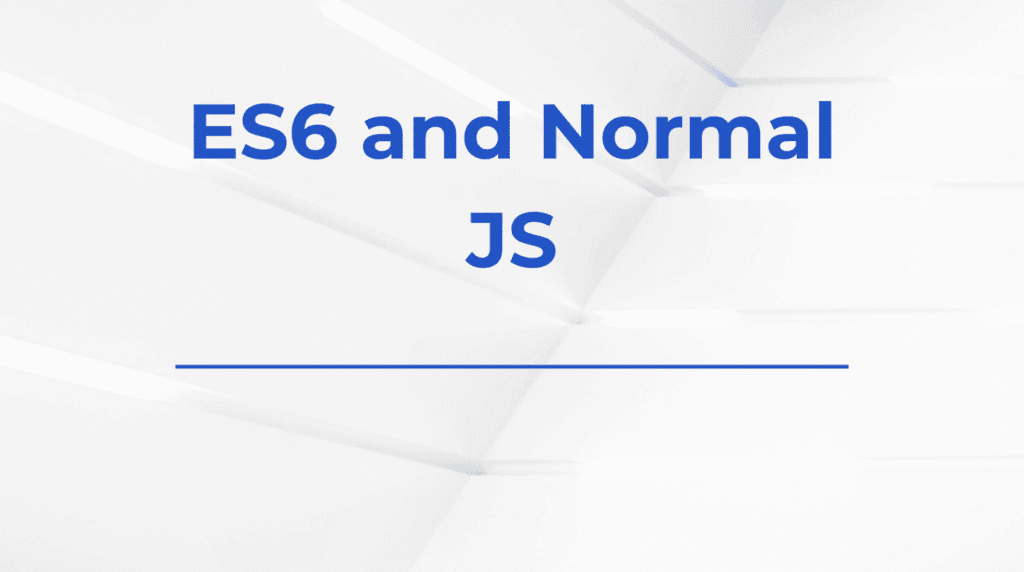Introduction
Every developer working with databases needs a good SQL editor. Think of it like a toolbox – you wouldn’t build a house with just a hammer. A proper SQL IDE helps you write queries faster, spot errors before they happen, and manage databases without pulling your hair out.
The best part? You don’t need to pay for great tools. Many free SQL editors offer features that rival paid options. Let’s look at what makes these tools worth using.
What to Look for in a Free SQL Editor
Before choosing an SQL editor, check for these key features:
- Database Support: Works with MySQL, PostgreSQL, SQL Server, etc.
- Query Builder: Helps write SQL without memorizing every command
- Syntax Highlighting: Colors your code for better readability
- Cross-Platform: Runs on Windows, Mac, and Linux
- Performance Tools: Explains query execution and finds slow spots
A good example is DBeaver’s cross-database support, which handles nearly any database you throw at it.
1. MySQL Workbench
MySQL Workbench is the official tool for MySQL databases. It’s like getting a Swiss Army knife specifically designed for MySQL.
Key Features
- Visual database design tools
- Server configuration wizards
- Data migration capabilities
Who Should Use It
If you work primarily with MySQL, this should be your first choice. It integrates perfectly with MySQL servers and offers specialized tools like visual explain plans.
Pro Tip: Use the Schema Inspector to quickly check table structures without writing DESCRIBE commands.
2. DBeaver
DBeaver is the most versatile free SQL editor available. It’s like having a universal remote control for databases.
Why Developers Love It
- Supports 80+ database types
- Smart code completion
- ER diagram generation
Real-World Example
A developer switching between a PostgreSQL backend and SQLite for local testing can use the same interface for both. No more learning different tools for each database!
For advanced users, check out our guide on PostgreSQL GIN indexes for better performance.
3. pgAdmin
pgAdmin is to PostgreSQL what MySQL Workbench is to MySQL. It’s the standard tool for Postgres developers.
Standout Features
- Graphical query builder
- Server status monitoring
- Backup and restore wizard
Limitations
The interface can feel clunky compared to newer tools. Version 4 improved this, but some still prefer alternatives for daily use.
4. SQL Server Management Studio (SSMS)
SSMS remains the gold standard for SQL Server administration, despite Microsoft’s push toward Azure Data Studio.
Setup Tips
- Download from Microsoft’s official site
- Choose the “Basic” install for most developers
- Enable “Auto-recover” to prevent query loss
Hidden Gem
The Activity Monitor shows real-time server performance – perfect for troubleshooting slow queries.
5. HeidiSQL
HeidiSQL proves that good things come in small packages. The entire installer is under 15MB!
Best For
- Quick query editing
- Server comparisons
- Bulk table edits
Performance Boost
HeidiSQL uses fewer resources than MySQL Workbench, making it ideal for older machines.
Bonus: Other Notable Free SQL Editors
- Azure Data Studio: Microsoft’s cross-platform tool (great for cloud work)
- SQLite Browser: Simple interface for SQLite databases
- Beekeeper Studio: Modern UI with team collaboration features
How to Choose the Best SQL Editor for Your Needs
Consider this quick decision guide:
| Database | Best Editor | Alternative |
|---|---|---|
| MySQL | MySQL Workbench | HeidiSQL |
| PostgreSQL | pgAdmin | DBeaver |
| SQL Server | SSMS | Azure Data Studio |
| Multiple | DBeaver | Beekeeper Studio |
For more database comparisons, see our article on SQL vs NoSQL databases.
FAQs
Q: Is DBeaver really free?
A: Yes! The community edition has all the core features. There’s also a paid version with extra enterprise features.
Q: Can pgAdmin work with MySQL?
A: No, pgAdmin only works with PostgreSQL. Use DBeaver or MySQL Workbench for MySQL.
Q: Which editor is best for beginners?
A: Start with MySQL Workbench (for MySQL) or DBeaver (for multiple databases). Their interfaces are the most beginner-friendly.
Test your SQL knowledge with our complete SQL quiz after trying these tools!
Final Thoughts
The right SQL editor makes the database work faster and less frustrating. MySQL Workbench and pgAdmin excel for their specific databases, while DBeaver shines for multi-database environments. SSMS remains essential for SQL Server, and HeidiSQL offers a lightweight alternative for MySQL.
Try a few options to see which fits your workflow best. Most are free, so you’ve got nothing to lose!









